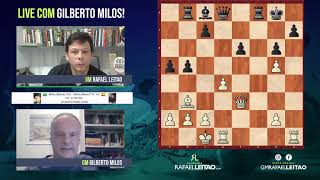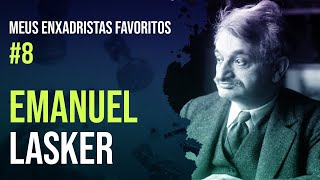On one side, Garry Kasparov, Grandmaster, recognized as one of the greatest chess players of all time. Him: chess world champion from 1985 to 2000. On the other side, Deep Blue, IBM’s supercomputer, designed to play as well as any chess player in the world. A battle between man and machine.
The first Kasparov vs. Deep Blue clash happened in 1996, but the very first challenge involving the Soviet chess master and computers took place in fact in 1985, when Garry Kasparov defeated 32 machines simultaneously.
Get to know about this incredible story of man versus machine in today’s post.
Kasparov vs. Deep Blue, the first match
In 1996, there was a first match between the champion Kasparov and the unconventional challenger Deep Blue. To everyone’s surprise, the computer won the first game, which was held in Philadelphia. For the first time in history, a machine defeated a chess world champion under the common rules of a tournament. Had Kasparov been any less coldblooded, he would have panicked with such a shocking happening and lost his balance in the following games. However, the chess master controlled the situation and was able to win the match, which ended 4 – 2 in the Russian’s favor.
Deep Blue vs. Kasparov, the rematch
A year later, in 1997, with the promise that Deep Blue would be even more developed and “prepared”, Garry Kasparov accepted IBM’s proposal for a rematch against their computer. At that time, the match took place in London, and differently from the previous year, the first game was won by Kasparov. Then, however, something strange happened in the very next game. In move 44 of game 2, Deep Blue went for a play that surprised the world champion.
In a much more favorable position, the computer moved the king to the wrong side, opening up a chance for its opponent, which was a pretty uncommon mistake for a machine. But the Russian resigned the game without noticing that a sequence to a draw would still be possible, and that made him feel really embarrassed.
After that, a very intrigued Kasparov retreated and went on to play in a fashion that was pretty much different from his usual. Then games 3, 4 and 5 ended up in draws. In game 6, which would decide the winner, it was even harder to witness the normal playing style from the super champion chess master. Cornered and unable to react, he lost that battle and the war: Deep Blue defeated the Grandmaster 3.5 to 2.5. In the crucial game, the computer once again made a decision that seemed rather awkward: it sacrificed a piece for a long term come back, which was something that one would consider unimaginable for a machine. See GM Rafael Leitão’s detailed analyses for the deciding games here.
The Controversy
Indignant, Kasparov said that IBM had cheated, and he even mentioned Maradona’s hand goal in the soccer World Cup of 1986 comparing it to a possible violation by Deep Blue. According to the chess master, there had been human interaction with the computer, which was against the pre-established rules – in other words, he said there had been a cheat. Without cheating, it would have been impossible for the machine to make a decision as awkward as move 44 or go for the sacrifice in the last game. However, IBM stated that Deep Blue only went through modifications during breaks, never during a game.
17 Years Later
It was only after 17 years that the mystery surrounding the play that shook Kasparov so bad was apparently solved. Just like any other great computer program, Deep Blue featured an “emergency escape” in case of processing overload to prevent the system form getting into an infinite loop, which is when a computer freezes due to repeating the same instructions endlessly.
In the documentary “The Man vs. The Machine”, it is revealed that Deep Blue’s emergency feature made the computer choose the very first possible play in order to avoid the loop, and that surprised Kasparov. Even so, the problem did not really correspond to the chess master’s accusations. That was only a bug, and it led the machine to victory causing so much controversy. In regard to the sacrifice mentioned in game 6, the computer may have been previously configured to go for that play, since the position was theoretical. So, that would not translate into cheating.
However, that explanation did not convince everyone, and many chess players still believe that there was human interference in the analyses of the computer. When Kasparov wanted a third match against Deep Blue, IBM refused it and retired the computer. There would never be another Kasparov vs. Deep Blue.
What do you think? Was there any cheating in that amazing clash? Share your opinion in the comments.






No comments